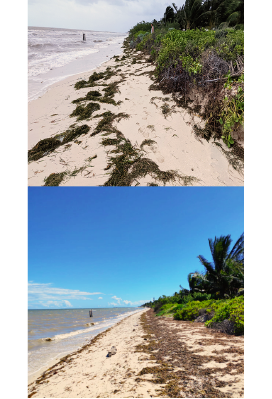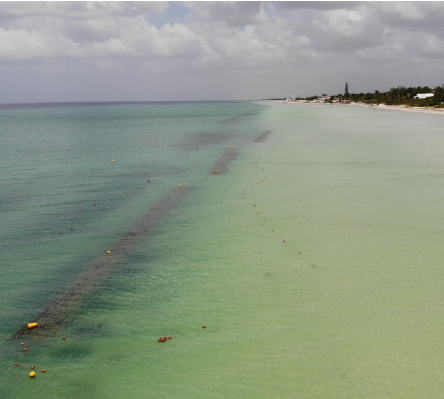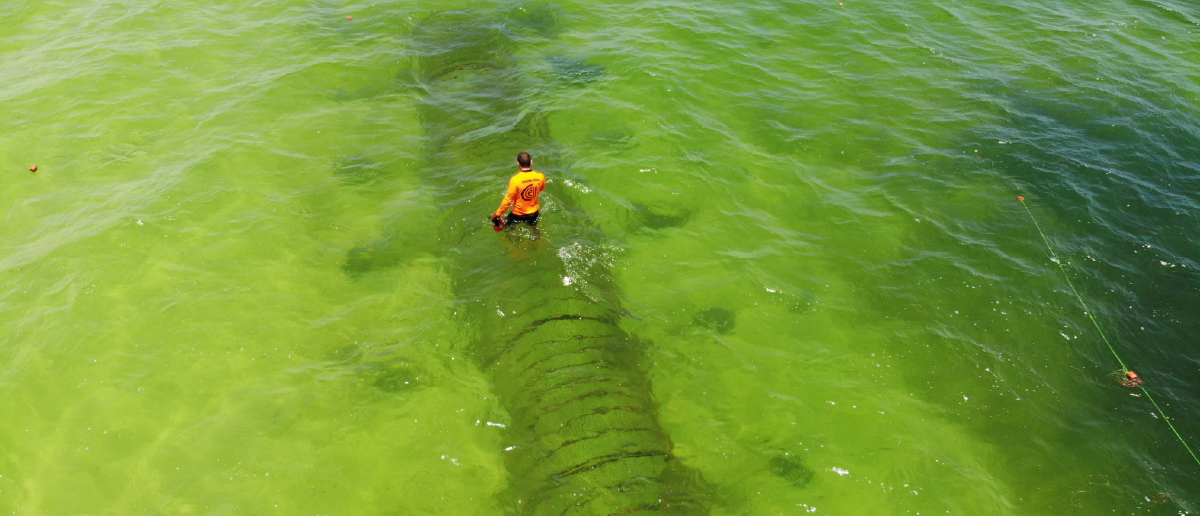


Growing Reefs, Protecting Coastlines.
Reefs offer excellent natural protection for coastal communities, diminishing wave heights by an average of 84% and absorbing up to 97% of intense wave energy; effectively mitigating erosion and creating joyous, healthy beaches. [NCOM]
While corals are popularly known as primary reef builders, reef networks can also be established by various marine organisms like bivalves (mussels, oysters, etc.), polychaetes, and other species with calcareous exoskeletons. CCell’s unique hyperboloid reefs thus emulate mother nature's brilliance.
Designed by experts in engineering, electrochemistry, and marine biology, our reefs not only protect beaches, they also enhance marine environments; transforming them into captivating aquatic attractions.
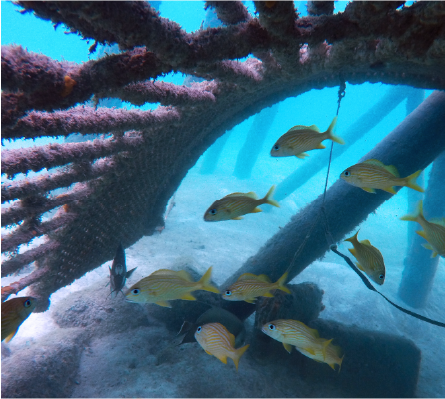
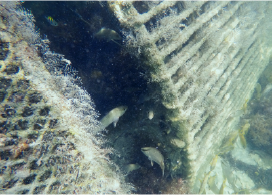
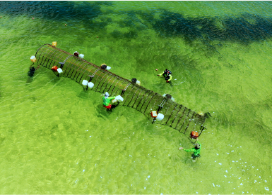
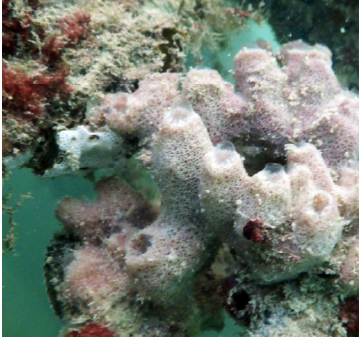
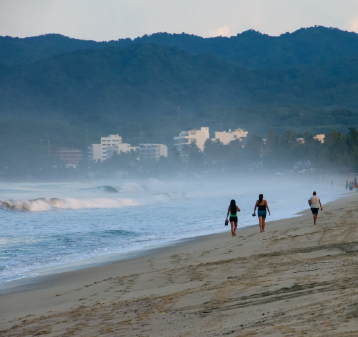
On-site surveying paired with our in-depth computational modelling service to determine an optimum positioning of the reef for promoting desired effect.
Site DiagosticsOur interlocking reef modules offer incredible strength-to-weight ratios and intricate internal complexity; providing both coastal protection and rewilding.
ManufactureOur reefs integrate seamlessly with mineral accretion technology (MAT), and our CCell Sense remote monitoring systems optimise electrochemical processes while collecting key nearshore data.
CCell SenseThe Telchac Puerto beach has been losing sand for the last decade, with upto 5m lost in one year.
In conjunction with coastal property owners, fishermen and the local town major, CCell installed a reef to mitigate ongoing beach erosion while promoting marine life.
